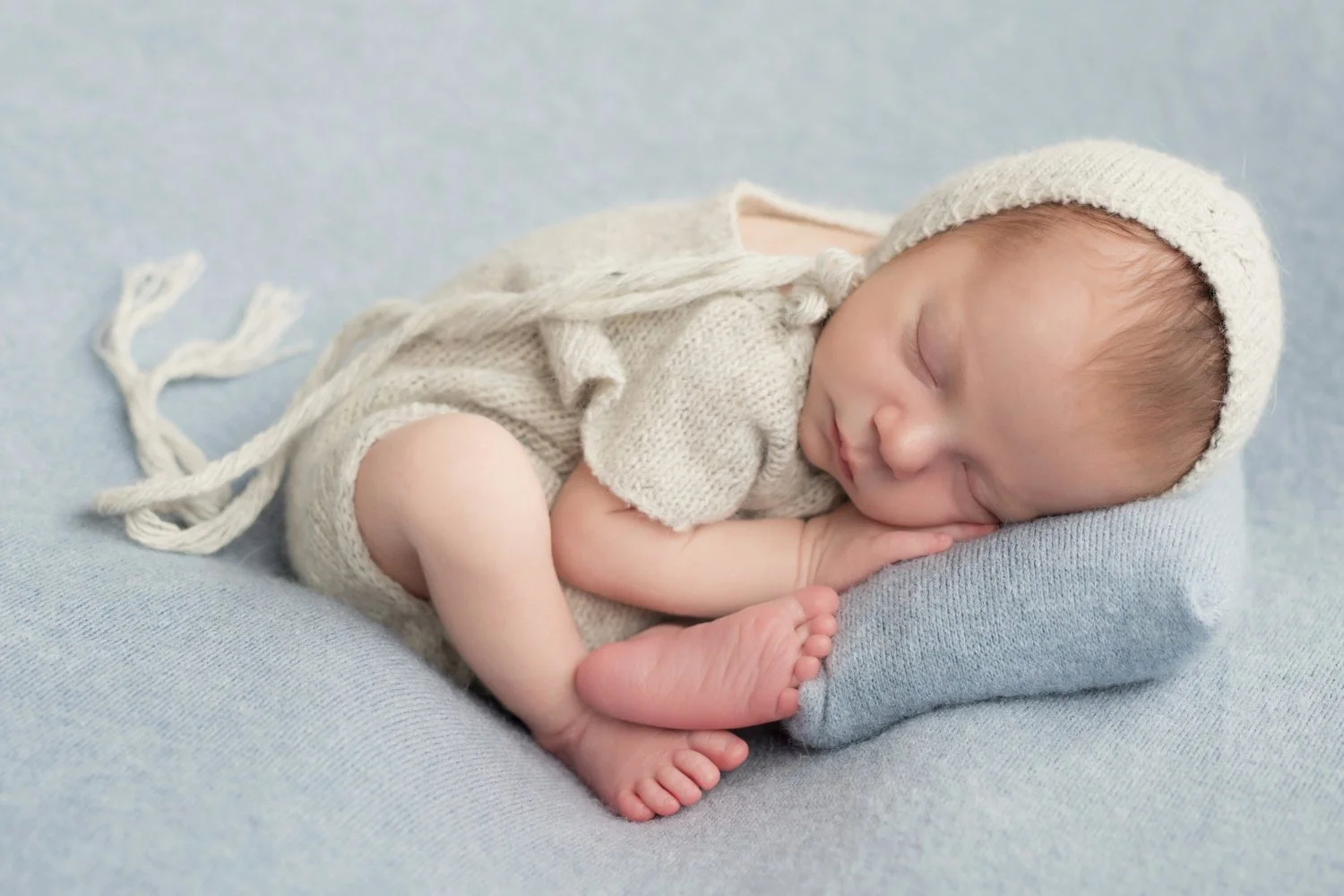Sleep Safe: Expert Tips For Reducing The Risk Of SIDS
As parents, we all want the best for our children and one of the most important things we can do is ensure their safety, even when they are asleep. Sudden Infant Death Syndrome (SIDS) is a tragic occurrence that takes the lives of thousands of babies each year.
While the cause of SIDS is still largely unknown, there are steps parents can take to reduce the risk. Most sleep specialists in OKC often get parents’ questions regarding the best practices for safe sleeping in children, so let's dive in.
A Sleep Specialist's Tips To Prevent SIDS
Sleeping on the Back
The American Academy of Paediatrics (AAP) recommends that infants must lie on their backs while sleeping. This position significantly reduces the risk of SIDS. Once your babies can roll over on their own, it is no longer necessary to reposition them.
Avoid Pillows
It's essential to keep the sleep environment as safe as possible. Pillows, especially those ideal for adults, can pose a suffocation risk to infants. It's best to keep pillows out of the crib until your child is at least a year old.
No Toys When Sleeping
Stuffed animals, toys, and blankets can also increase the risk of suffocation. It's best to keep the crib free of these items, especially when your babies are too young to move them out of their faces.
No Feeding in Bed
While feeding your baby in bed may be tempting, it can also be dangerous. When parents fall asleep while providing, there is an increased risk of suffocation or accidental smothering. Instead, feed your babies in a safe location and move them to their crib.
A Good Room Temperature
According to reliable sleep specialists, keeping your baby at the right temperature is essential for safe sleeping. The AAP recommends keeping the room comfortable between 68-72 degrees Fahrenheit. It's also necessary to avoid overdressing your baby, as this can lead to overheating.
Use a Firm Mattress
A firm mattress is the safest option for your baby to sleep on. Soft beds, especially those that conform to your baby's head's shape, can pose a risk of suffocation. Ensure your baby's mattress fits snugly in the crib and doesn't leave gaps between the crib rails and that mattress.
No Smoking
Second-hand smoke has a direct connection with an increased risk of SIDS. It's essential to keep your home smoke-free and avoid exposing your baby to cigarette smoke. If you or your partner smoke, quitting is the best option for your baby's health.
Consider a Pacifier
While using pacifiers is a personal choice for parents, studies have shown that using a pacifier during sleep can help reduce the risk of SIDS. If you choose to use a pacifier, wait until breastfeeding is well-established and avoid using pacifiers that attach to strings or cords.
Breastfeed Your Baby
Breastfeeding can significantly reduce the risk of SIDS. Try to breastfeed your baby exclusively for the first six months of life and continue it alongside solid foods for at least a year. Breastfeeding provides numerous benefits for your baby's health and well-being and can also help you bond with your little one.
Create A Safe Sleeping Environment
In addition to following safe sleeping practices, creating a safe sleeping environment for your baby is essential. Ensure the crib or bassinet is free from loose bedding, toys, or other items that could pose a risk of suffocation.
Use a sleep sack or wearable blanket to keep your baby warm without needing loose blankets. Finally, check the crib or bassinet regularly to ensure it's in good condition and free from any hazards.
A Better Sleeping Experience For Your Child
Most sleep specialists in OKC know that these tips can significantly reduce the risk of SIDS. If you have concerns about your child's sleeping habits, speaking with a professional is essential. At the TMJ & Sleep Therapy Centre of Oklahoma City, we offer comprehensive sleep assessments and treatments for various sleep-related issues. Don't hesitate to reach out if you have any questions or concerns about your child's sleep.
**Disclaimer: The information on this page is not intended to be a doctor's advice, nor does it create any form of the patient-doctor relationship.

